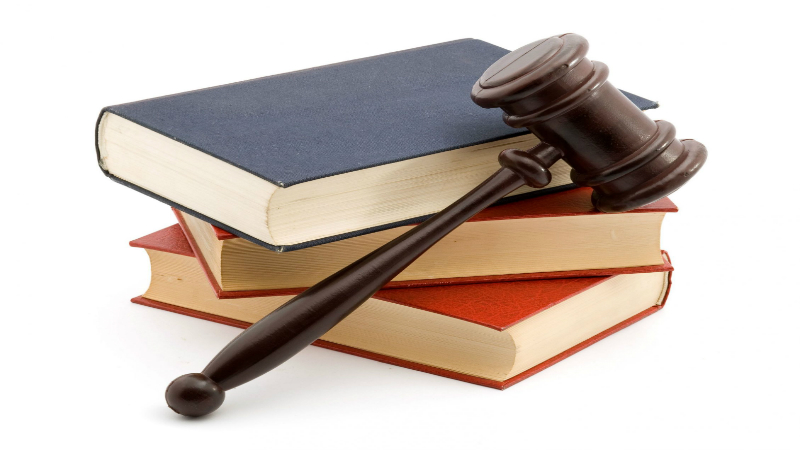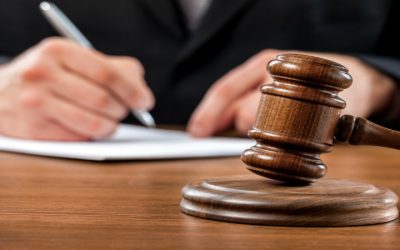The short answer is yes and no. It is up to the court to decide whether to allow videography and photography. Many courts permit videography, while many prohibit it. This article examines what the law says about courtroom videos and why many courts choose to use them.
What the Constitution Says
Through due process, the Constitution guarantees a fair legal process when someone’s protected interests in life, liberty or property are burdened by the government. Many argued that videography is unfair for the accused due to a biased media that can influence the public. However, in 1981, the Supreme Court ruled that televising trials does not violate due process. Federal Rule of Criminal Procedure 53, on the other hand, clearly prohibits photography and videography in court. It states, “Except as otherwise provided by a statute or these rules, the court must not permit the taking of photographs in the courtroom during judicial proceedings or the broadcasting of judicial proceedings from the courtroom.” The Federal Rules of Criminal Procedure were prescribed by the Supreme Court and enacted in 1946. This ban on cameras has not yet been overturned, but from 1991-1994, federal courts experimented with cameras anyway. A 2011-2015 pilot study involving the use of cameras in 14 federal courts is also underway. Furthermore, a bill is being considered to allow photography and broadcasting in courtrooms.
Videography in Today’s Courtroom
Many courts claim that the ban on cameras was made when there were few newspapers and no broadcasters. Many also believe that since no rights are violated, the court has the authority to permit videography if it wishes. In 1986, the Supreme Court ruled that the government may close a trial if higher values are undermined by exposure to publicity. The accused may also request a closed trial if he/she can demonstrate that his/her right to a fair trial is violated by the use of cameras. Courts that permit videography today operate under these standards.
Despite all the controversy, the trend towards the use of photography and videography in court has continued to strengthen. Video provides many benefits, such as enabling the court reporter to create a transcript of the proceedings and go back and re-listen to the video to catch phrases that were inaudible the first time. Also, the public learns more about the judicial system, and government proceedings become more transparent. There are many active videographers in DC, and across the country, who are producing quality products that benefit all parties.
Business Name has been providing quality videographers in D.C., Maryland, and Virginia since 1961. Visit the website or call Phone no for more information.



